Unveiling London’s Architectural Marvels: The Modern Landmarks
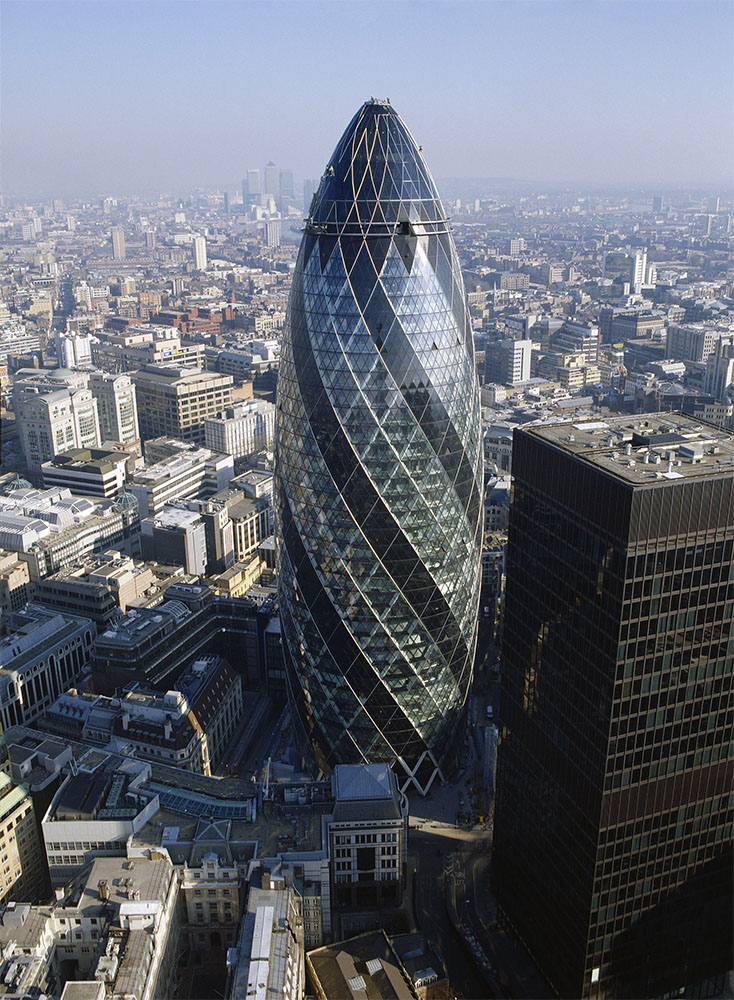
Introduction
Overview of London‘s Architecture
London is a city where history meets innovation. Its architectural landscape boasts a mix of Gothic cathedrals, Victorian structures, and sleek modern buildings that tell a story of evolution. Iconic sites like the Tower of London coexist with contemporary marvels, reflecting the city’s rich cultural tapestry.
Significance of Modern Landmarks
Modern landmarks play a crucial role in shaping London’s identity. They serve not only as architectural feats but also as symbols of progress. For example:
- Cultural hubs: Structures like the Tate Modern engage the public with art.
- Tourist attractions: Landmarks such as the London Eye draw millions, boosting the economy.
- Community spaces: Developments like the O2 Arena foster social interaction.
These landmarks encapsulate the spirit of a city that embraces both its heritage and future.

The Shard
Architectural Design and Features
The Shard, designed by renowned architect Renzo Piano, stands as a testament to innovative architecture. Rising 310 meters, it features:
- Glass façade: Comprising 11,000 panels reflecting light beautifully.
- Pyramid shape: Symbolizing an upward aspiration, it captures the essence of modernity.
- Viewing platform: Offering panoramic views of London.
This design not only contributes to the aesthetics of the city but also integrates sustainability, showcasing energy-efficient technologies.
Impact on London’s Skyline
Since its completion in 2012, The Shard has dramatically transformed London’s skyline. It created a stunning focal point in the cityscape, visible from miles away.
Personal experiences visiting The Shard reveal:
- Iconic silhouette: Easily recognizable and frequently photographed.
- Meeting point: A popular venue for both locals and tourists, reinforcing community ties.
As a landmark, The Shard symbolizes London’s growth and ambition, standing proudly amongst its historical neighbors.

The Gherkin
History and Development
The Gherkin, officially known as 30 St Mary Axe, was completed in 2004 and quickly became a hallmark of London’s financial district. The building arose from the ashes of the Baltic Exchange, which was devastated by a bombing in 1992. Designed by Norman Foster, this enduring structure represents resilience and progress.
- Construction timeline: 2001-2004
- Sustainability focus: Featuring energy-efficient systems, it highlights modern engineering.
Many locals recall the building’s controversial reception, with some initially skeptical about its design.
Unique Architectural Elements
The Gherkin is not just another skyscraper; its distinct features set it apart:
- Curvilinear shape: Symbolizes the fluidity of modern design, capturing the essence of London’s innovative spirit.
- Double-skin façade: Enhances energy efficiency, allowing natural ventilation while providing stunning views.
Visiting the Gherkin gives one a sense of being at the forefront of architectural design—truly a marvel that reflects the evolving character of London.
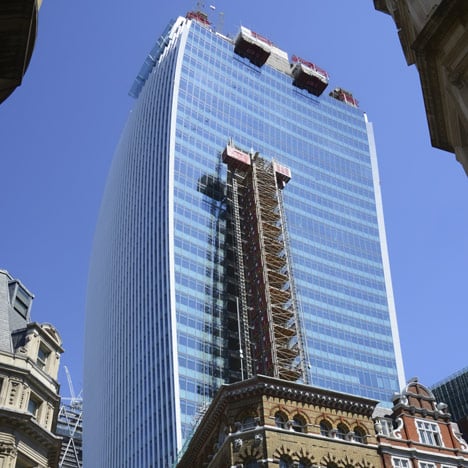
The Walkie-Talkie Building
Distinctive Characteristics
The Walkie-Talkie, officially named 20 Fenchurch Street, is an architectural curiosity with its prominent shape resembling the classic walkie-talkie device. Completed in 2014, it boasts distinctive features:
- Sky Garden: A lush, public space on the top three floors that offers breathtaking city views.
- Curved design: Allows for more natural light and space at higher levels, enhancing the overall structure.
Visitors often remark on the delightful experience of the Sky Garden, where one can enjoy a drink surrounded by greenery.
Controversies and Challenges
Despite its appeal, The Walkie-Talkie faced notable controversies. Early reports of its reflective glass causing damage to cars parked below drew significant media attention.
Additional challenges included:
- Environmental concerns: Discussions about obstructing views of historic landmarks.
- Public outcry: About its unconventional design and scale in a traditional area.
These debates highlight the complexities of urban development, as iconic structures like The Walkie-Talkie establish new conversations around the relationship between heritage and modernity in London.
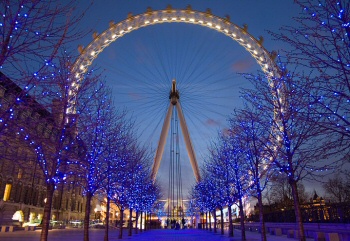
The London Eye
Design and Construction
The London Eye, inaugurated in 2000, was the brainchild of architects David Marks and Julia Barfield. Rising to 135 meters, it was initially intended as a temporary structure but quickly became a permanent fixture in the skyline. Key aspects of its design include:
- Spoke-like structure: Resembling a giant bicycle wheel, it offers maximum stability.
- 360-degree views: Its glass capsules provide unobstructed views of the city, making it ideal for sightseeing.
Many visitors fondly recall their first ride, awed by the sweeping vistas of landmarks like Big Ben and the Tower Bridge.
Contribution to Tourism and Culture
The London Eye has significantly boosted tourism, attracting millions each year. Serving as a focal point for various events—such as New Year’s celebrations—it plays a vital role in the cultural fabric of London.
Highlights include:
- Iconic status: Instantly recognizable, it often features in films and advertisements.
- Public engagement: Hosting seasonal events and exhibitions, it fosters community involvement.
Visitors leave with unforgettable experiences, helping cement The London Eye’s reputation as a must-visit landmark that continues to shape the city’s identity.

The Tate Modern
Transformation from Power Station to Art Gallery
The Tate Modern resides in the former Bankside Power Station, which closed its doors in 1981. This remarkable transformation into a contemporary art gallery was completed in 2000, showcasing a unique blend of history and modern creativity. The project sought to repurpose the space while preserving its industrial charm.
Key aspects include:
- Adaptive reuse: Retaining original features like the massive chimney stack.
- Cultural rejuvenation: Breathing new life into a once-obsolete structure, increasing community engagement in the arts.
Visitors often express awe at the seamless blend of history and modern art, creating a dynamic atmosphere.
Architectural Transformation and Innovations
Designed by Herzog & de Meuron, the Tate Modern showcases innovative design that enhances the visitor experience. Notable features include:
- The Turbine Hall: An expansive space that hosts large-scale installations, inviting interaction.
- Natural light: Innovative use of glass allows for numerous exhibition possibilities while maintaining an airy atmosphere.
Personal encounters at the gallery often reveal how the architecture itself enhances artistic expression, making it a vital cultural hub that continues to inspire creativity and dialogue within London.
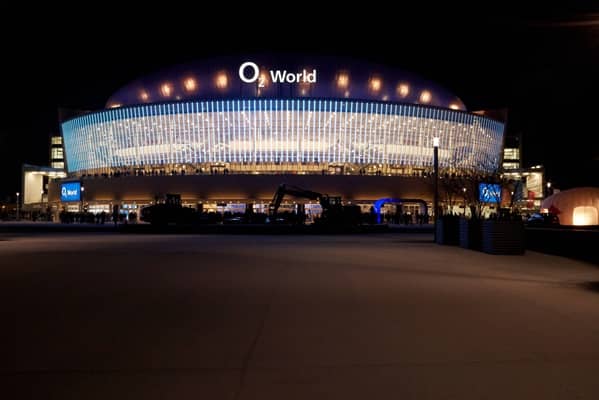
The O2 Arena
Structural Design and Features
The O2 Arena, originally known as the Millennium Dome, opened its doors in 2000. Its distinctive tent-like structure, designed by Richard Rogers, features:
- Iconic dome shape: With a diameter of 365 meters, it’s one of the largest of its kind in the world.
- Retractable roof: Adaptable design allowing for various events, from concerts to sports.
Visitors often marvel at the sheer scale and modern design, making it a landmark of architectural ingenuity.
Versatility and Cultural Significance
The O2 Arena is more than just a venue; it’s a cultural hub that hosts a myriad of events. Its versatility shines through various offerings:
- Concerts and shows: From world-famous artists to unique theatrical performances, the arena draws diverse crowds.
- Community events: Regular activities engage local residents, reinforcing its significance as a gathering place.
Attending an event at The O2 always leaves a lasting impression, showcasing London’s vibrant cultural scene while continuing to adapt to contemporary needs and interests.
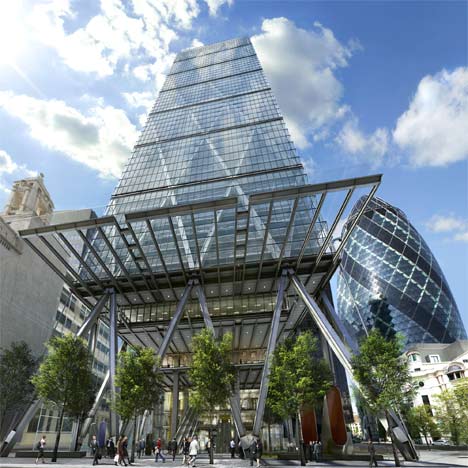
The Leadenhall Building (The Cheesegrater)
Architectural Style and Inspiration
The Leadenhall Building, affectionately known as The Cheesegrater, is a stunning example of modern architecture. Completed in 2014, its unique design by architect Richard Rogers features:
- Sleek, angled façade: This distinctive sloping structure creates a striking outline against the skyline.
- Sustainable design elements: Incorporating energy-efficient technologies, it demonstrates a commitment to environmental responsibility.
Many who visit appreciate the innovative design, often comparing it to traditional skyscrapers in London.
Integration into London’s Financial District
The Cheesegrater is seamlessly integrated into London’s bustling financial district. Its strategic location enhances the area’s architectural diversity while contributing to the skyline’s character.
Key points include:
- Proximity to major landmarks: Located near Lloyd’s of London and the Bank of England, it enhances the city’s economic vibrancy.
- Public space: The ground floor facilitates movement and interaction, connecting various stakeholders in the financial community.
Walking past The Leadenhall Building, one cannot help but be impressed by how it embodies the fusion of modern needs with historical context, making it a key player in London’s ongoing story.

Conclusion
Recap of London’s Modern Landmarks
As we’ve explored, London’s modern landmarks—such as The Shard, The Gherkin, The Walkie-Talkie, and The Tate Modern—each tell a unique story, enriching the city’s architectural tapestry. These structures symbolize innovation while honoring the city’s past, providing a blend of culture, art, and community.
Legacy and Future Developments
Looking ahead, London’s skyline will continue to evolve. Developments on the horizon promise to:
- Incorporate sustainability: New projects are prioritizing eco-friendly designs.
- Enhance public spaces: Future designs aim to foster community engagement and accessibility.
Personal experiences at these landmarks remind us of their impact on cultural identity, as they stand as testaments to London’s commitment to progress while preserving its rich history. The journey of transformation will undoubtedly continue, keeping London an ever-exciting city for locals and visitors alike.




